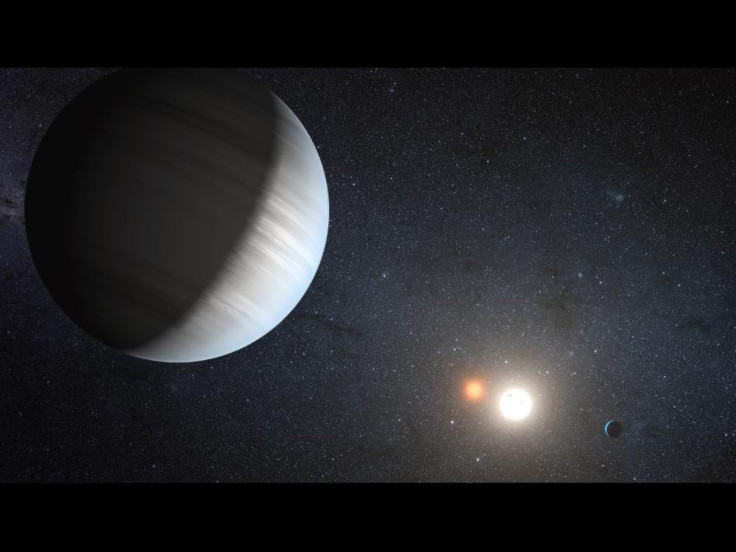'Orphan,' 'Rogue' Starless Planet Discovered Floating Through Space, Astronomers Say

Astronomers say they have discovered a potential “rogue” or “orphan” planet, Space.com reports.
The free-floating object has been named CFBDSIR2149 and is likely a gas giant that could be four to seven times larger than Jupiter, scientists said Wednesday. It may have been somehow booted out of its own solar system.
"If this little object is a planet that has been ejected from its native system, it conjures up the striking image of orphaned worlds, drifting in the emptiness of space," study leader Philippe Delorme, of the Institute of Planetology and Astrophysics of Grenoble in France, said in a statement.
The floating object was found among a stream of young stars called the AB Doradus moving group.
Scientists believe there’s a slight chance CFBDSIR2149 might be a brown dwarf.
A brown dwarf is a strange object that is larger than a planet but not big enough to cause the internal nuclear fusion reactions to become a full-fledged star. CFBDSIR2149 needs to be studied further.
"We need new observations to confirm that this object belongs to the AB Doradus moving group," Delorme told Space.com via email. "With a good distance measurement and a more accurate proper motion, we will be able to increase (or decrease) the probability that it is indeed a planet."
"We now know that such massive planets are rare and that Neptunes or Earth-mass planets are much more common," Delorme said. "We also know that massive objects are more difficult to eject [from solar systems] than light ones. If you follow the rationale, you deduce that ejected exo-Neptunes and ejected exo-Earths should be much more common than objects like CFBDSIR2149."
Researchers are excited to have a starless planet so relatively close to Earth, 100 light-years away.
"This object is a really easy-to-study prototype of the 'normal' giant planets we hope to discover and study with the upcoming generation of direct-imaging instruments," Delorme said. "It will help to improve our forecast of these objects' luminosity and hence help us discover them and, once discovered, it will help us understand the physics of their atmospheres."
© Copyright IBTimes 2024. All rights reserved.












